Jack and Louise Azose
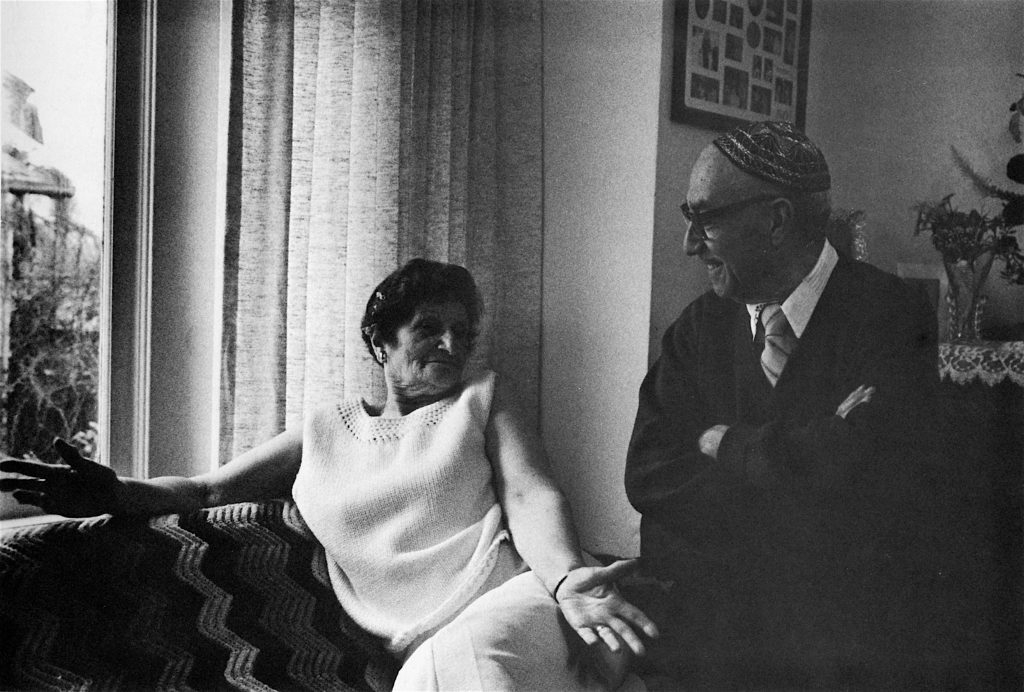
Jack and Louise Azose at home in Seattle. (Source: “Let Me Hear Your Voice: Portraits of Aging Immigrant Jews.” Photo by Rochelle Casserd.)
The bonds between Islam and Judaism in the Ottoman Empire produced cultural synergies seemingly unimaginable from our present vantage point. A son of Rabbi Solomon Azose, Jack Azose attended a Muslim school in Yeniköy, a small town on the Black Sea, where his father believed he would receive a quality education. Even though his father insisted that Jack be exempt from the study of Islam, he gained intimate knowledge of the Koran and honed his ability to chant it, in Arabic, by heart — a skill he carried with him for the rest of his life. As the Ottoman Empire collapsed during World War I and was replaced by nation-states, the diversity of languages and cultures the empire had housed were expected to conform to the dominating national identitiesIn 1919 Jack ran away from home in order to avoid the Ottoman military draft. He stowed away to France where he dodged immigration officials in Marseille and Paris, and, with the help of an Armenian acquaintance, acquired the necessary papers to join relatives in Seattle in 1920.
In Seattle, Jack met Louise “Kadoun” Maimon. Louise’s father Rabbi Avraham Maimon had brought his family over from the Ottoman city of Bursa in 1924 so that his sons would not be conscripted into the military. Louise had also received a multilingual education in Bursa, through Talmud Torah and Alliance Israélite Universelle schools that taught her to read Hebrew and speak French. When her family left to Seattle, immigration quotas forced Louise and her sister to stay behind. They first stayed with family friends in Istanbul, and later Vancouver, waiting to be able to join their family in Seattle. In order to overcome immigration barriers, Louise and Jack had to obtain a marriage license from a Vancouver church. They were finally able to have a Jewish wedding and begin their lives together in 1928.
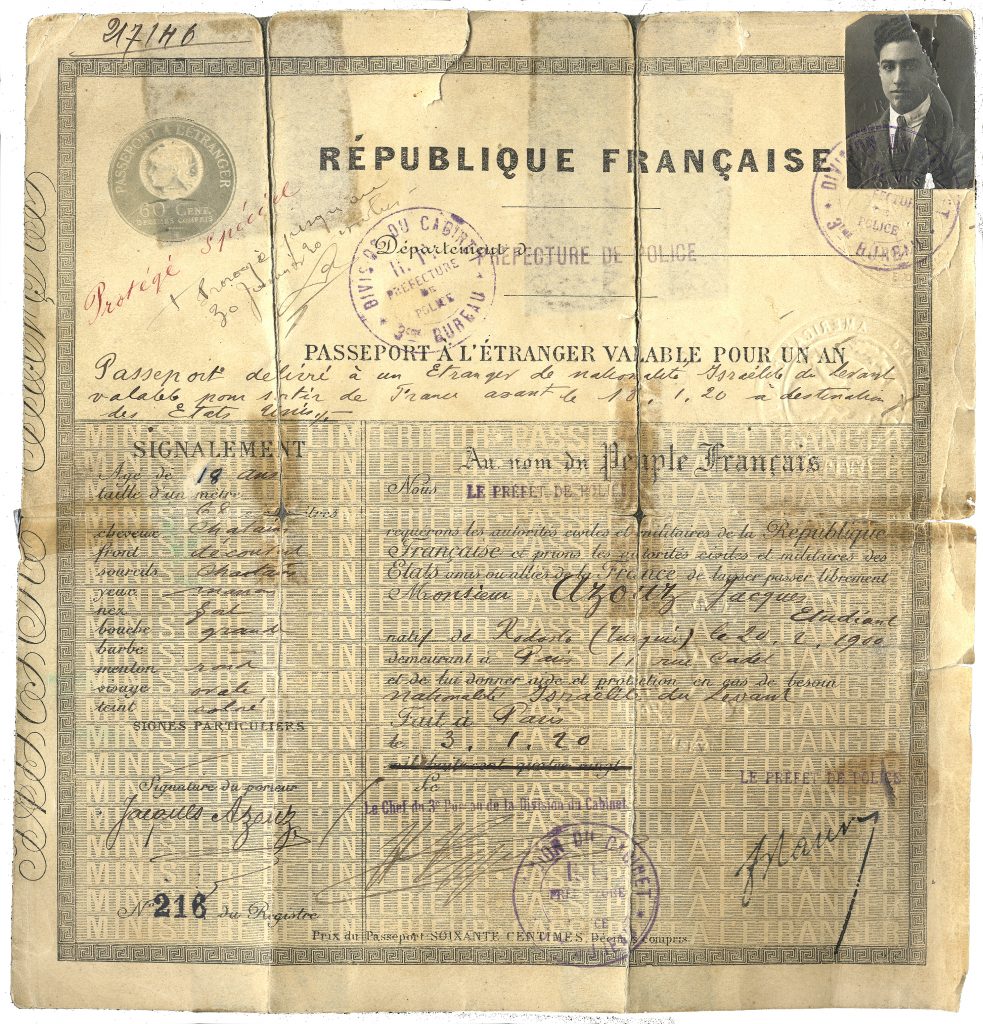
Travel document issued by the Prefecture of Police in Paris with a photo of Jack Azose. (ST00705, courtesy Isaac Azose)
Louise and Jack were both known their for their melodious voices, love of performance, and dedication to the Sephardic community. Jack initially worked selling fruits and vegetables, and eventually as a parts finisher at Boeing, while Louise raised their daughter and four sons at home.
In 1962 Jack and Louise’s son, Isaac Azose, became the hazan (cantor) of Congregation Ezra Bessaroth. Under the tutelage of Reverend David Behar, Isaac mastered the liturgy from Rhodes. In his retirement he published multiple prayerbooks for the Seattle Sephardic congregations that are still in use today. The leader of Seattle’s Ladineros, a weekly Ladino conversation group, Isaac has carefully preserved and shared his father’s library and amassed an impressive personal collection of his own.
Azose Collection Highlights
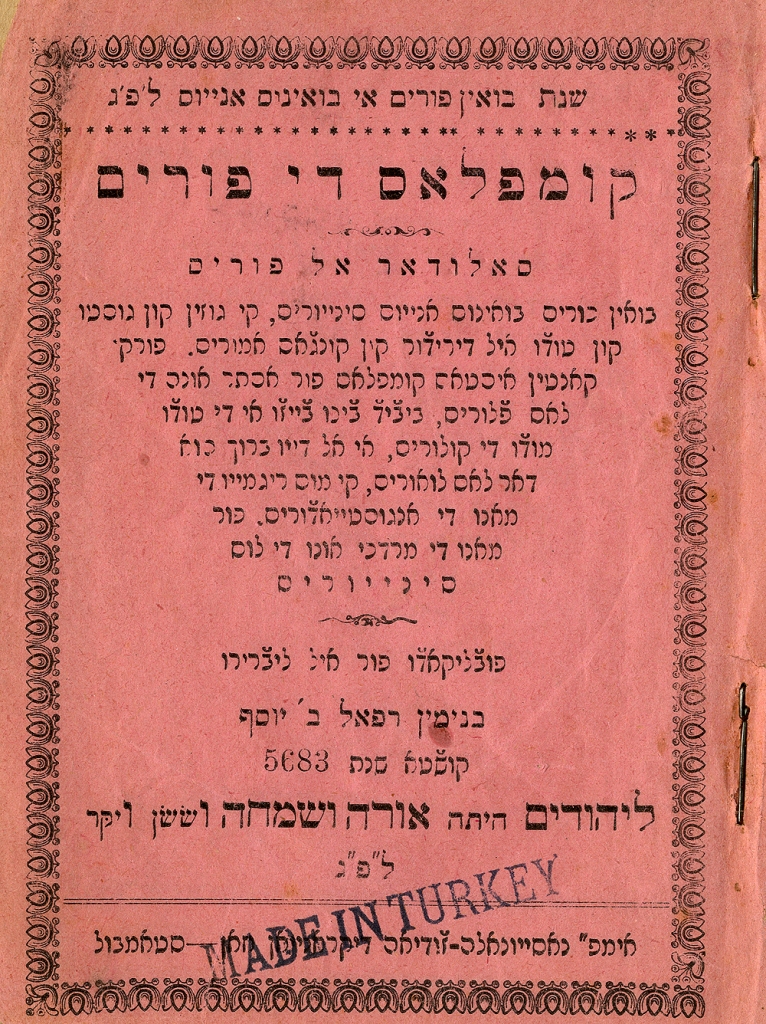
Cover of Komplas de Purim, a collection of songs for the holiday of Purim published in Istanbul, 1922. Contributed by Isaac Azose, this was the first book cataloged and digitized by the Sephardic Studies Program. (ST0001, courtesy Isaac Azose)
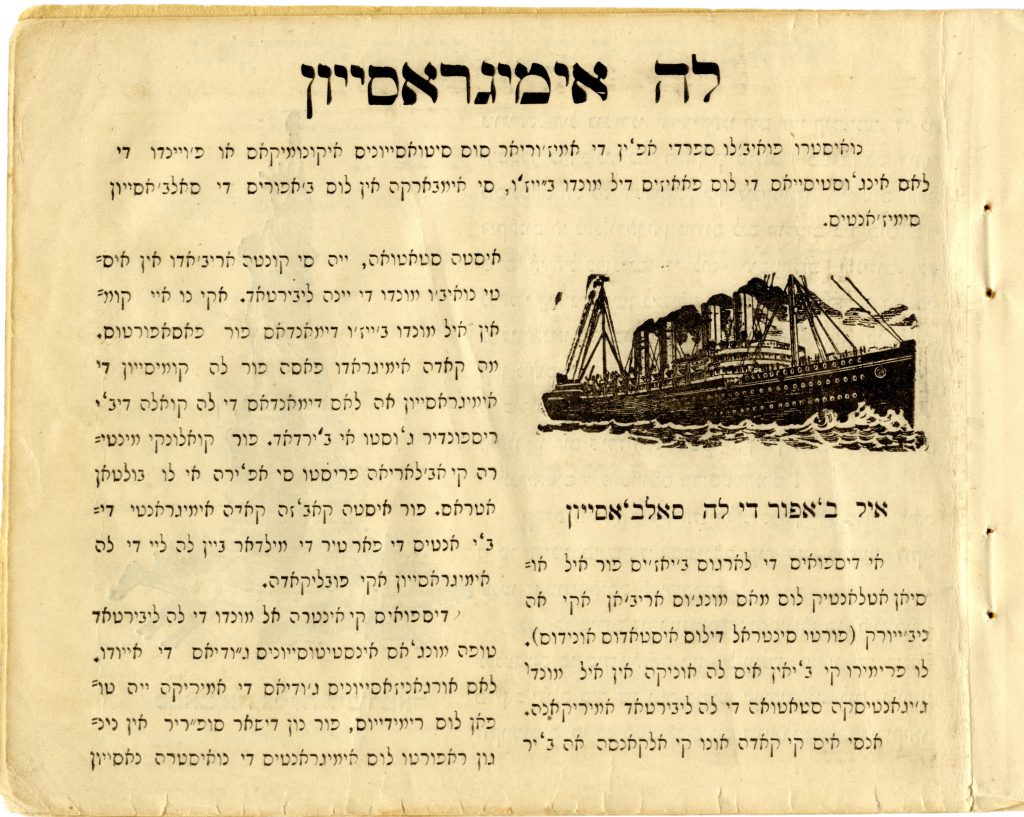
Page from a guidebook for Sephardic immigrants coming to America (Livro de embezar las linguas Ingelza i Yudish), published by the Ladino newspaper La Amerika, New York, 1916. (ST0007, courtesy Isaac Azose)
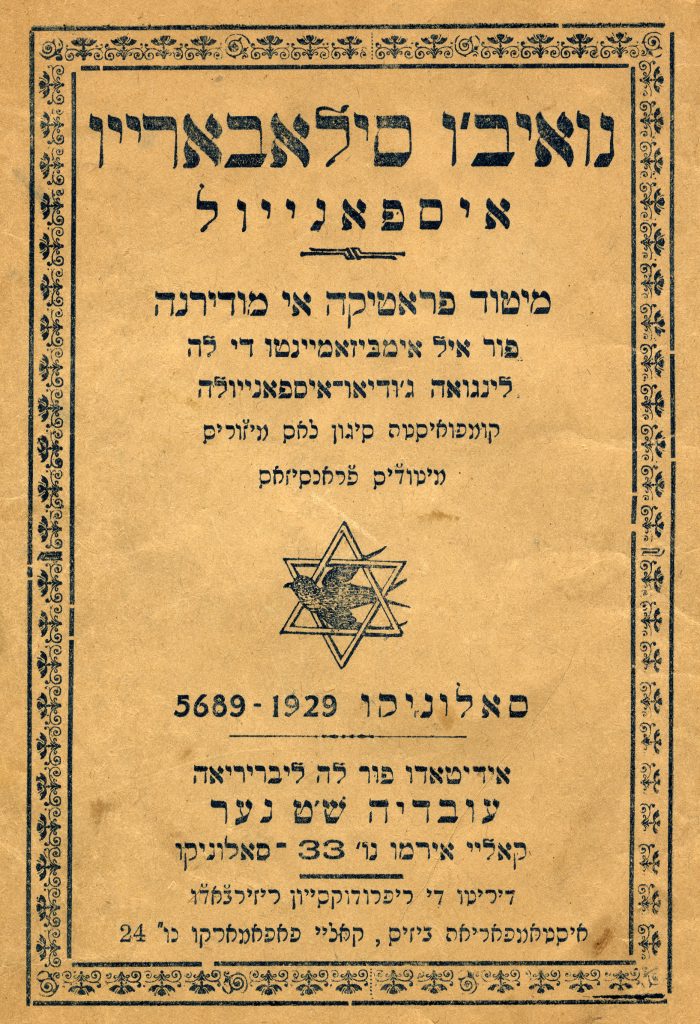
Cover of Nuevo silabario espanyol, a Ladino schoolbook, published in Salonica, 1929, and widely used by Sephardic students in Seattle. Edited by Ovadia Shem Tov Naar. (ST0006, courtesy Isaac Azose)

